There is nothing like a beautiful fire in the fireplace, enjoying the dancing flames and the warmth, sitting in front of it. Conversations, reading a book, or just watching TV, all become more enjoyable by the fire. This enjoyment quickly disappears if the fireplace smokes back into the house. Why does this happen?
There are several reasons why smoke doesn’t go out the chimney and instead, comes back into the house. Let’s examine why this can happen and what can be done about it.
First of all, we must understand how wood fireplaces work. The fireplace firebox (where the wood burns) has to be installed with a properly sized chimney system. This will ensure that the smoke exits the house to the atmosphere. The chimney or flue diameter needs to be about 1/10 the size of the fireplace opening. For example, if the flue dimensions are 7’’ x 11’’, its size (or area) is 77 square inches. The door opening in that case would need to be lower than 770 square inches.
In between the firebox and the chimney, there is a smoke chamber that is shaped like an upside-down funnel, that transfers exhaust from the fireplace to the chimney. Typically, there is a damper in the lower part of that funnel, right above the fireplace firebox. The damper is closed when the firebox is not in use. It must be opened when the fireplace will be used.
There are 2 main reasons that may trigger smoke back into the house because of the design of the fireplace:
Damper does not open properly.
If the damper does not open enough, the smoke is dammed up and the smoke goes into the home instead of the flue. When this is happening, then the damper needs to be adjusted or repaired so that the damper can fully open. If the damper can’t be repaired, a new top-sealing damper can be installed. The new top-sealing damper sits on top of the chimney. A stainless-steel cable is connected from the damper to a bracket in the firebox so that the damper can be operated from the firebox.
If the flue installed in the chimney is too small compared to the fireplace, it will smoke back.
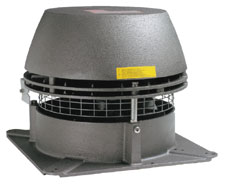 (For example, 1/15 the size compared to 1/10 the size ratio). To repair this, there are 2 possible fixes. A smoke guard can be installed at the top of the firebox to bring the ratio back to the proper 1/10 or more. This will allow the exhaust to properly get out of the fireplace. The smoke guard is a piece of metal that goes the width of the fireplace. Its height would be determined by what the opening would then be once that is installed, so that the ratio is correct.
(For example, 1/15 the size compared to 1/10 the size ratio). To repair this, there are 2 possible fixes. A smoke guard can be installed at the top of the firebox to bring the ratio back to the proper 1/10 or more. This will allow the exhaust to properly get out of the fireplace. The smoke guard is a piece of metal that goes the width of the fireplace. Its height would be determined by what the opening would then be once that is installed, so that the ratio is correct.
If it is not possible to get the ratio correct, then the fireplace can be mechanically vented. It would be using a specially made fan that sits on top of the chimney and pulls the smoke out. There is a rheostat mounted in the room where the fireplace is. The rheostat can adjust the fan speed so that the draft can be properly set. Enervex is a brand that is commonly used and is specially-made for this purpose.
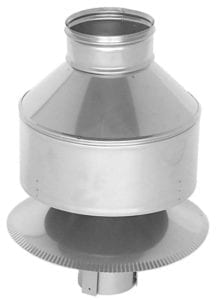 New homes built in the past 20 years
New homes built in the past 20 years
In a modern, tight house, other issues can arise that can cause back drafting. Typically, this is caused by strong exhaust fans, such as a kitchen range hood. When the range hood exhaust fan is operating, it can be strong enough to pull the smoke backward into the house, instead of allowing it to travel up the chimney. When a range hood is installed that is 400 cfm (a measurement of cubic feet per minute of air leaving the building) or more, then a mechanical make-up air system should be installed and interlocked with the range hood. It results in an equal amount of air that is brought into the house. Neutral pressure is achieved is then achieved. Then, the fireplace can be properly drafted.
There are other external factors that can cause smoking-back. For instance, downdraft caused by wind coming across the top of other buildings, trees, or hills. These can then funnel the air downward and overpower the natural draft of the chimney and force the air down the chimney and back into the house. The repair for this is using a special cap on top of the chimney called a Dikapt. It doesn’t move but has internal baffles that create a Venturi effect that increases upward draft instead of allowing the air to be forced down the chimney.
There are other factors that can cause fireplaces to smoke back. These types of problems have to be diagnosed by an experienced technician, using sensitive equipment that can measure house pressures and the person needs to understand house science.
Hopefully, you are now equipped to get your fireplace operating properly so that you can enjoy the warmth and romance of your beautiful wood fireplace.
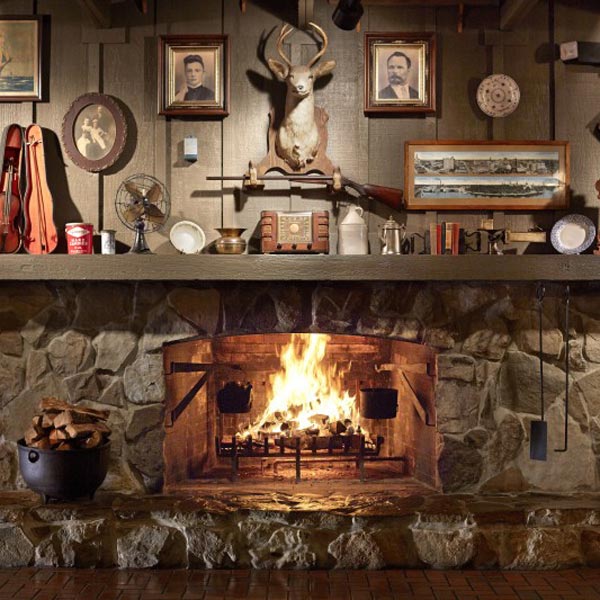

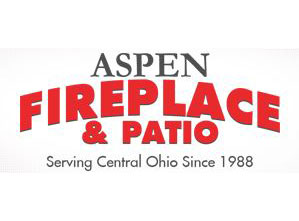

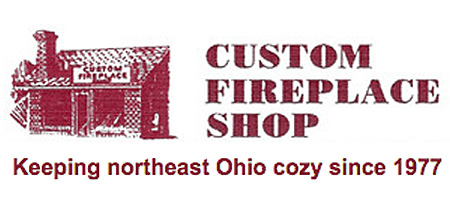
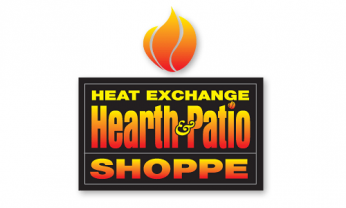





2 Responses